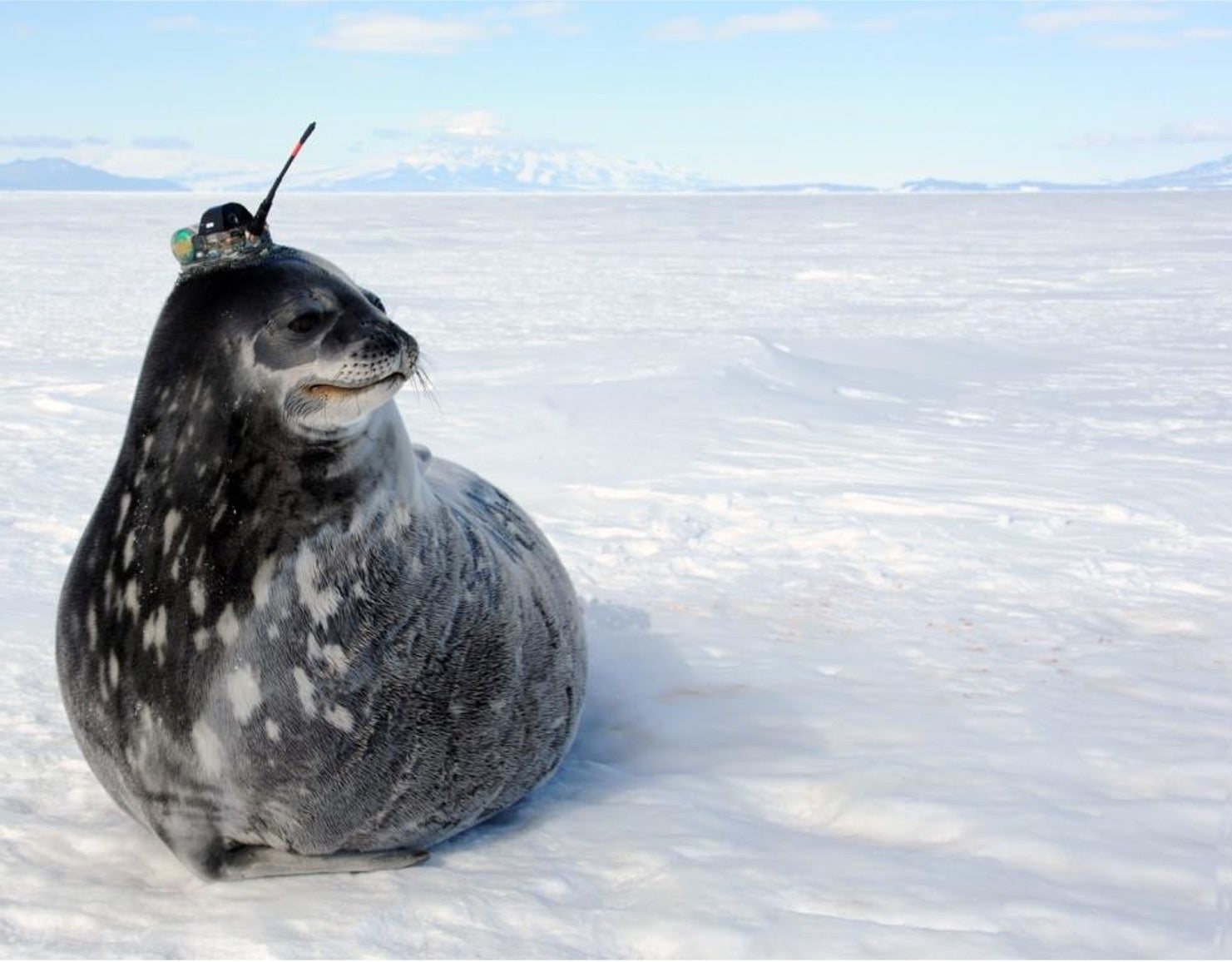The Independent's journalism is supported by our readers. When you purchase through links on our site, we may earn commission.
Early seal gets the fish: Secret hunting habits of Weddell seals are revealed
The seals have to hunt for food in one of the harshest environments on Earth
Your support helps us to tell the story
From reproductive rights to climate change to Big Tech, The Independent is on the ground when the story is developing. Whether it's investigating the financials of Elon Musk's pro-Trump PAC or producing our latest documentary, 'The A Word', which shines a light on the American women fighting for reproductive rights, we know how important it is to parse out the facts from the messaging.
At such a critical moment in US history, we need reporters on the ground. Your donation allows us to keep sending journalists to speak to both sides of the story.
The Independent is trusted by Americans across the entire political spectrum. And unlike many other quality news outlets, we choose not to lock Americans out of our reporting and analysis with paywalls. We believe quality journalism should be available to everyone, paid for by those who can afford it.
Your support makes all the difference.Researchers are exposing the secrets of the world’s southernmost mammal, the Weddell seal.
These seals, found in Antarctica’s Erebus Bay, live in rapidly changing environments. They can weigh up to 1,320 pounds, or four times as much as a giant panda. They’re sometimes even bigger than a grand piano, measuring between eight and 11 feet long.
There are as many as 300,000 mature individuals in the wild, although population assessments have been tricky. The seals can live for as many as 30 years in the wild, while dealing with predators like orcas and larger leopard seals.
They survive on fish, squid, and other smaller prey to survive. The animals can dive below the ocean’s surface, reaching depths of more than 2,952 feet. Some of their dives can last for more than an hour and a half before they need to come up for air.
Now, scientists at the Woods Hole Oceanographic Institution have gained new insight the seals’ diving behaviors and strategies. They conduct their deepest and most extreme dives earlier in the day – and ahead of peak foraging times that happen in the middle of the day.

“This allows them to spend almost all of their time underwater, foraging under high-light conditions, which is best for visual hunters,” Michelle Shero, an assistant scientist in Biology at WHOI, said in a statement. “These animals are making very strategic decisions about when to make their long dives, so they can best interact with the daily changing environment in the Antarctic, allowing them to maximize their prey.”
Shero said the extreme dives require longer time spent recovering at the water’s surface.
“So, if the seals make extreme dives in the middle of the day when it is maximum light --- there may be lots of prey around that are easy to see, but the seals would still ‘miss out’ because they’d have to spend a lot of time recuperating. Not conducting extreme dives when prey is most accessible, may actually be the best strategy.”
To understand the hunting patterns, researchers outfitted the seas with a tech tool, antenna-like loggers that collected 8,913 days of data from 59 adult seals. The loggers are usually attached using an epoxy that falls off when seals molt the following year.

The work was just published in the journal Communications Biology, and the research was funded by the National Science Foundation and the feminist non-profit Every Page Foundation.
The seals swam throughout the Antarctic western Ross Sea, which has seen impacts from climate change, according to other recent research. Antarctica is warming faster than ever.
“For me, one of the more surprising findings of this research was our discovery that Weddell seals ‘plan’ their activities in a much more nuanced way than I had previously appreciated,” co-authorJennifer Burns, professor and chair of the Department of Biological Sciences at Texas Tech University, said.
“Not only did the seals shift the average depth and duration of their dives in response to current light levels, but they also made their longest and most taxing dives at times when their recovery period was least likely to negatively impact overall foraging success,” she continued. “So not only were they planning when to forage, but it also seems that they were thinking ahead and planning when to rest.”

Join our commenting forum
Join thought-provoking conversations, follow other Independent readers and see their replies
Comments